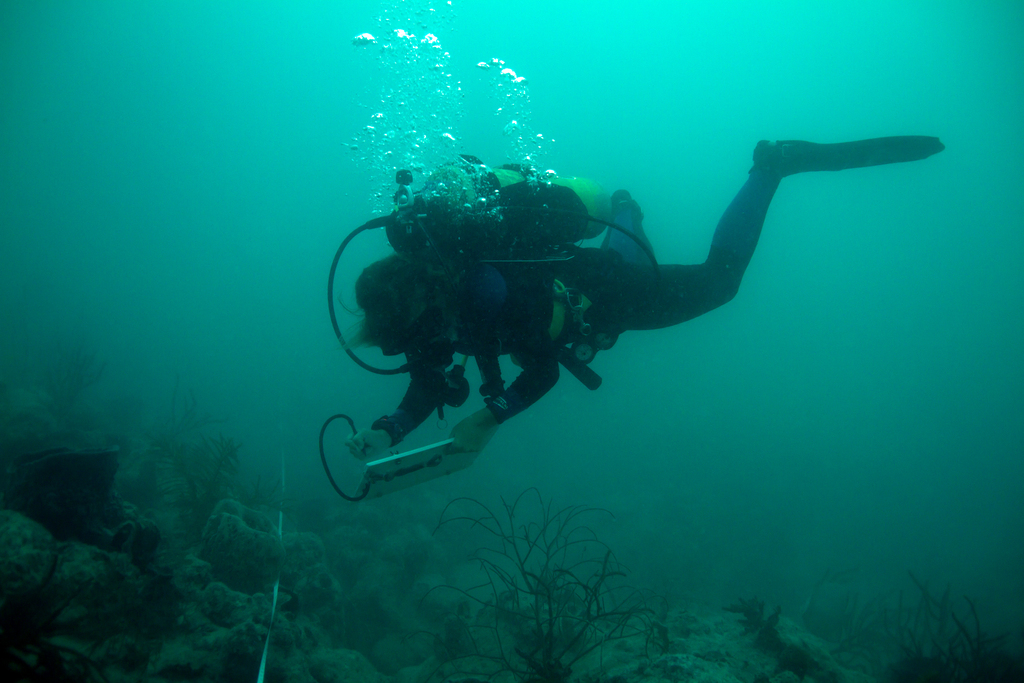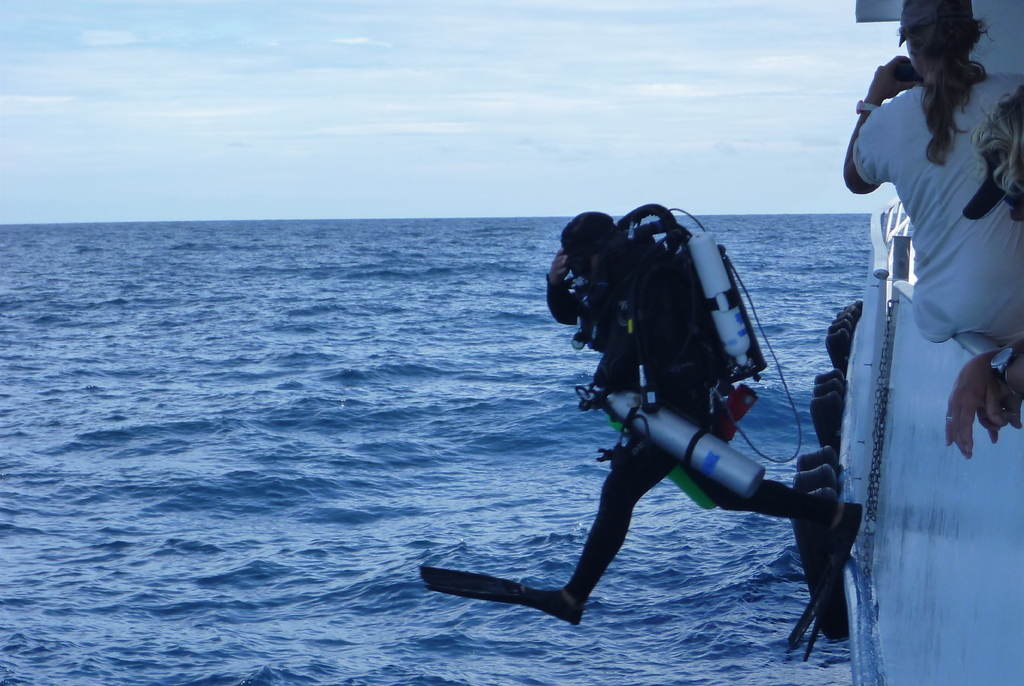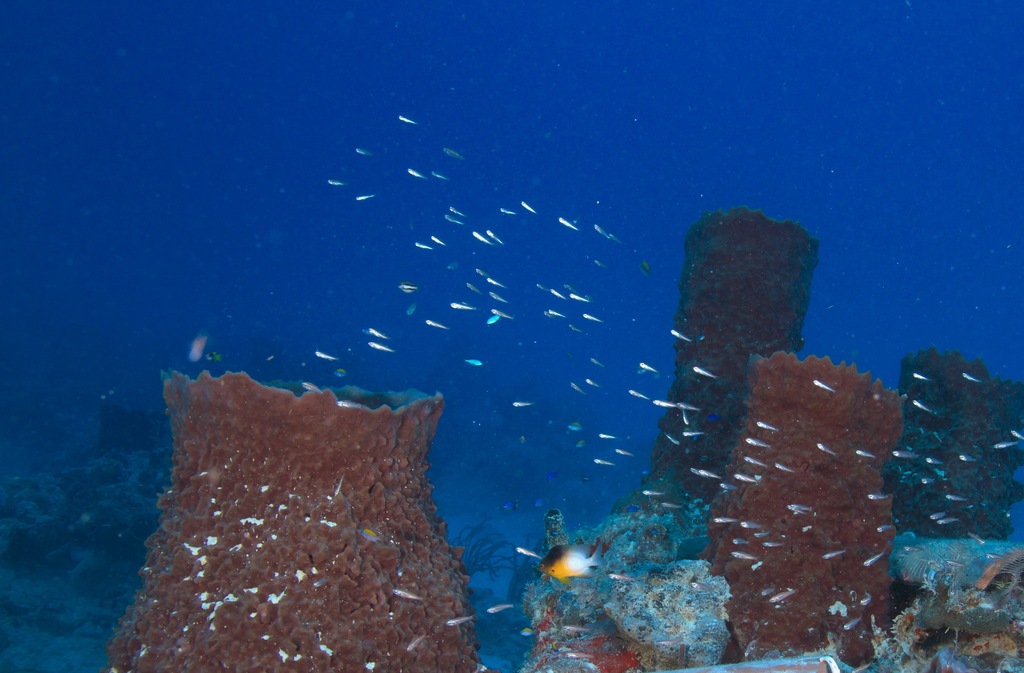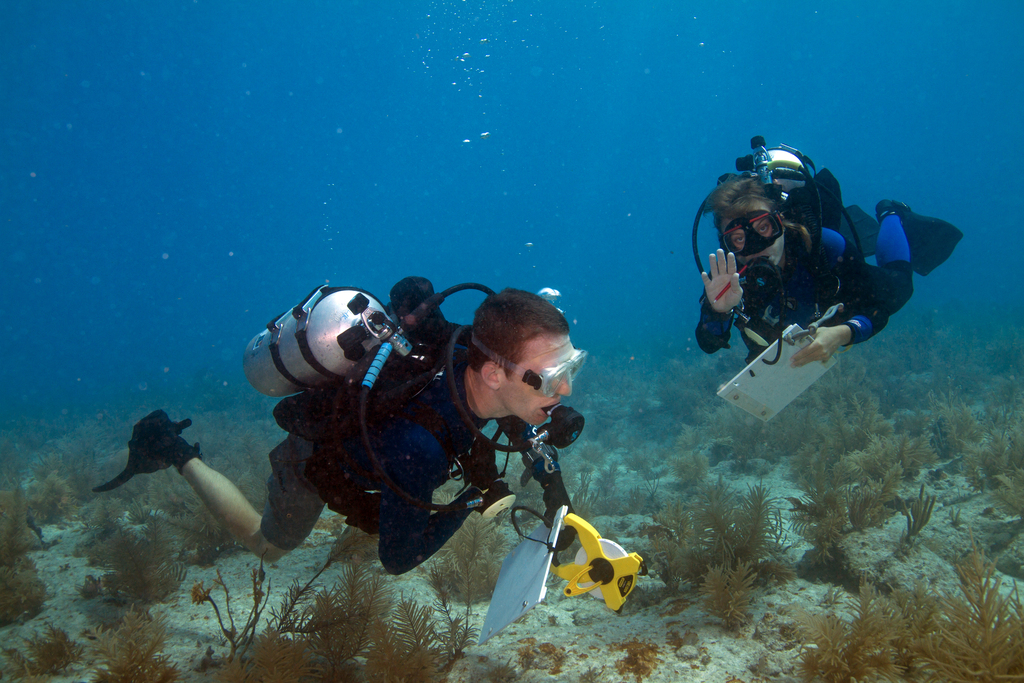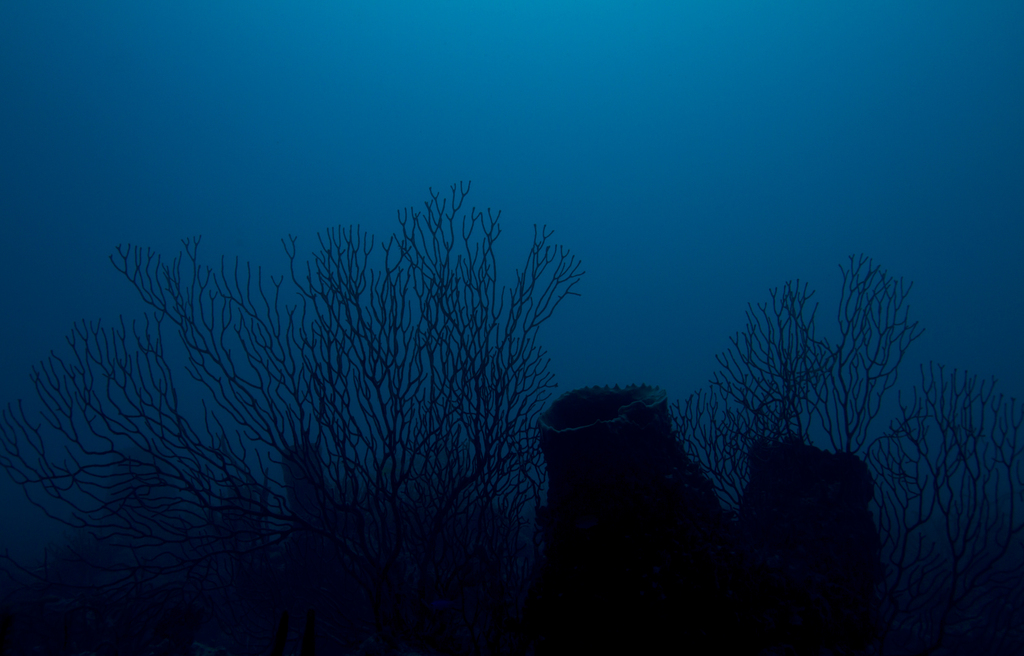Behind the science:
Habitat availability and depth-driven population demographics regul...
2017, September 21
Posted by Veronica Radice
Fields
Connectivity
Ecology
Reproduction
Focusgroups
Fishes
Locations
USA - Pulley Ridge
Platforms
Remotely Operated Vehicle (ROV)
SCUBA (open-circuit or unspecified)
“Fitness across the depth distribution of a coral reef fish”
What was the most challenging aspect of your study (can be anything from field, lab to analysis)?
One challenging aspect of this study was adapting shallow-water fieldwork methodologies to mesophotic reef environments. This included equipment design as well as in situ work. This project relied heavily on SCUBA for sample collections so we had to be very strategic about the sorts of data we collected at the deeper study sites.
What was the most memorable moment in undertaking this study?
There is no one moment that I can pinpoint. However, it was very exciting to study such unique ecosystems and I'm thankful that I was able to see and work in these environments.
What was your favorite research site in this study and why?
I am interested in the transition between shallow water and mesophotic coral ecosystems. Within the context of this study, the coral reefs between ~20-40 m in the Florida Keys and the Dry Tortugas highlight the physical and biological transition between these different ecosystems.
Other than your co-authors, with whom would you like to share credit for this work?
I would like to thank all of the volunteers that helped with this work. There were numerous people that made this possible, but in particularly I would like to thank Kathryn Doering who helped us extensively with field and lab work.
Any important lessons learned (through mistakes, experience or methodological advances)?
Like with any research project, there are some things that I would have done differently or situations that we did not anticipate. But ultimately we were able to take advantage of the opportunities that were available and I am very happy with the results.
Can we expect any follow-up on this work?
We have two other manuscripts that have been published that are associated with this project: Goldstein ED, D’Alessandro EK, Reed J, Sponaugle S (2016) Habitat availability and depth-driven population demographics regulate reproductive output of a coral reef fish. Ecosphere 7:e01542
Goldstein ED, D’Alessandro EK, Sponaugle S (2016) Demographic and reproductive plasticity across the depth distribution of a coral reef fish. Scientific Reports 6:34077
We have several other projects associated with this work that are underway including research that addresses zooplankton community dynamics, fish recruitment dynamics, and population connectivity of fishes.
This work was a part of a larger project funded by the National Oceanographic and Atmospheric Administration that includes multiple institutions and researchers. The work that has been published by other groups working on the Pulley Ridge project can be found on the NOAA NCCOS site: https://coastalscience.noaa.gov/projects/detail?key=63
Featured article:
|
|
Habitat availability and depth-driven population demographics regulate reproductive output of a coral reef fish | article Goldstein ED, D'Alessandro EK, Reed J, Sponaugle S (2016) Ecosphere |

|
